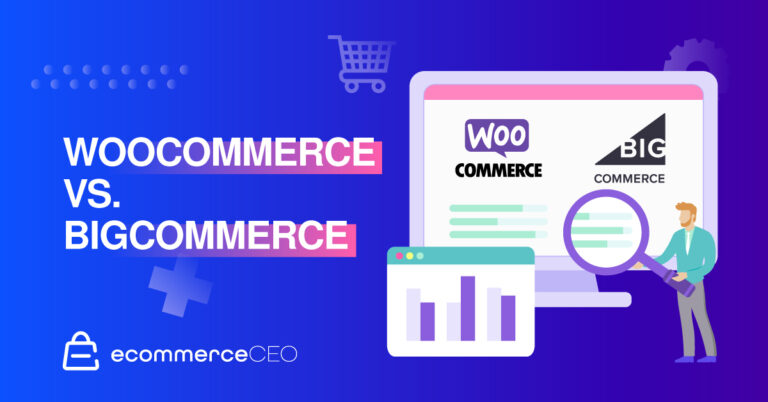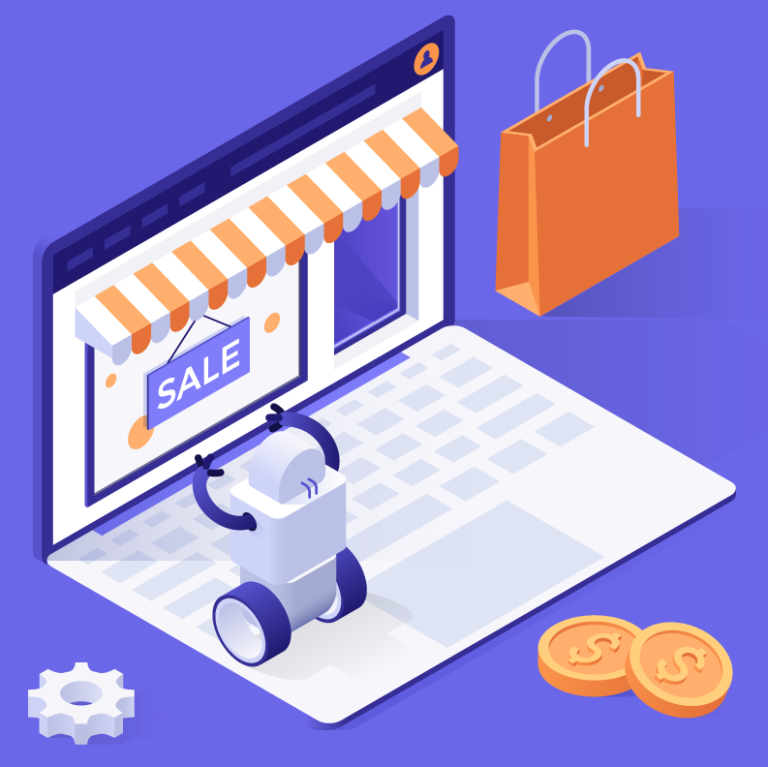
- Posted on
- • September 21, 2018

You’ve probably heard a lot about Millennials over the last few years. Maybe you’ve heard some good things, maybe some not-so-good things. The media has accused Millennials of exhibiting everything from extreme laziness to an uncontrollable, financially devastating preoccupation with mashed avocado on toast. So, what are you to do when this much-maligned generation becomes your prospective customer base?
You thrive, because catering to Millennials is as straightforward as it is profitable. This rising generation may be tech-obsessed and demanding, but they are also eager to invest in B2B businesses that meet their needs. With 73% of Millennials reporting some involvement in purchasing decisions at their companies and nearly a third of Millennials claiming that they’re the sole decision-maker for company purchases, B2B eCommerce merchants can’t afford to ignore this up-and-coming generation.
In this article, we discuss a few key things every online B2B seller should keep in mind when trying to attract, convert, and maintain Millennials as customers.

Convenience, Customization, and Creative Showcasing
With the commercialization of social media networks like Instagram, Millennial shoppers have grown accustomed to seeing products featured in natural-looking action shots, alongside complementary items, and with all possible variations just a click away. They want to see exactly what they’re buying, the real-world situations in which it can be used, and the customization options available. A store that fails to showcase its products to this extent risks being written off by Millennial B2B buyers as untrustworthy and restrictive.
It can be difficult for brick-and-mortar stores to compete with the effectiveness of digital product visualizers and dynamic online showrooms. These features let prospective buyers examine a product in great detail, on their own time, and in the comfort of their own space. While some Millennial buyers may prefer online shopping, these product visualizers don’t need to be confined to the digital realm. Offering tablets for in-store use and running big-screen displays of your product visualization and exploration tools encourages visitors to take a closer look at the products featured. Millennials who are used to this experience see themselves as exploring a product, rather than being sold on it.
Selling to Millennial B2B Buyers is Easy (If You Do it Right)
Decorative Films uses this Millennial perception to great advantage by featuring a beautiful, interactive product visualizer on their website. This lets their visitors see their products in a variety of real-world situations while subtly showing off their extensive product catalog. Shoppers can then select the products they like, customize them to suit their unique needs, and add them to their cart with a single click. See how it works.
The Decorative Films product visualizer provides an excellent example of what really makes Millennial shopping habits interesting to B2B sellers: they’re better for your bottom line. With this clever implementation of B2B eCommerce tools, Decorative Films was able to turn their site into a self-propelled customer education, sales, and transaction management machine. With the right eCommerce platform and setup, online B2B sales can proceed along an automated path, giving your sales team more time to build quality relationships with your buyers. This also means more time and money to invest in growing and improving your business.
Both Millennials and B2B eCommerce Trends Move Fast
A site that lags or struggles to load loses Millennial visitors faster than you can say ‘avocado toast’. Similarly, a site with an outdated design communicates outdated processes, products, and prices to Millennial buyers. Their expectations have been set by countless beautiful, interactive websites all clamoring for their business. To stay relevant in the B2B eCommerce space, your website needs to be able to go toe-to-toe against competitors who have overhauled their entire digital B2B strategy to appeal to digital buyers. If you fail to follow suit, it could cost you an entire generation’s worth of customers.

Millennials Read. A Lot.
As part of the aforementioned self-directed buying process, Millennials will typically shop around a bit and read reviews before making a purchase decision. Many Millennial buyers will take the time to visit multiple review sites to ensure that the impression they’re cultivating is as accurate as possible. In the digital age, there are not many places left to hide. Information about the quality of your products and the friendliness of your customer service staff is readily available to anyone considering a purchase. Many B2B eCommerce companies are learning to embrace this transparency by using negative reviews to learn and improve, minimizing the risk of making the same mistake again.
Our recommendation? Make an effort to avoid surprising shoppers with extra charges as they check out and be upfront in your product descriptions—the more information, the better. Consider incorporating product reviews into your site. If a customer has a negative experience, acknowledge their grievances and do your best to make it right by reaching out to them directly. When customers have a positive experience (or when a bad experience is quickly addressed and rectified), encourage them to leave a review. If your online B2B store doesn’t have a review module yet, you can find one at the Miva Apps store.
Flexible Payment and Purchasing Options
Online B2B stores that offer the ability to checkout with PayPal, Amazon, or Apple Pay are favored by Millennials for their efficiency and flexibility. Buyers can use their stored payment information to complete a purchase, eliminating the time-consuming process of entering their billing and personal information. This accelerates the checkout process, reducing the risk of abandoned carts and potential buyers lost to checkout issues.
Permission-based purchasing options, which allow specified personnel to make purchases and bill them to their company’s account, can keep Millennial buyers interested by simplifying and streamlining company purchase processes. Miva merchants can implement these and set up automatic reordering and subscription services to give shoppers even more purchasing options.
Now it’s Personal
In the age of hyper-targeted marketing, Millennials are used to sellers knowing at least basic information about them. A lack of personalization could make your site, services, and messages go overlooked amid the noise from companies who are already on a first-name basis with your potential customers. One study found that personalized emails generated six times more transactions than generic ones. True personalization, however, involves much more than just tweaking a subject line to include a customer’s name. To deliver the most relevant information to each customer, you’ll need to segment your mailing list.
How you choose to segment your customers depends upon your business, audience, and message. You can break your customers into groups by geographic location, B2B vs. B2C, and even typical order volume. This allows you to:
- Send messages specifically tailored to each group
- Make relevant product recommendations
- Send abandoned cart emails
- Create personalized promotions
- Import relevant customer data
- Track results and ROI
There’s no getting around the fact that Millennial habits can be highly disruptive to traditional B2B practices. But there’s also no reason to see this as a bad thing. Implementing Millennial-friendly products and solutions introduces your B2B eCommerce store to a new market, one which will only increase in purchasing power over the coming decades. Millennial buying habits are symptomatic of changes in the world of eCommerce, so catering to the former will keep you relevant and competitive throughout the latter.



![[Guest Blog] Holiday Prep: How to Diversify your Shipping](https://thegateway.net.au/wp-content/uploads/2021/03/guest-blog-holiday-prep-how-to-diversify-your-shipping.jpg)



